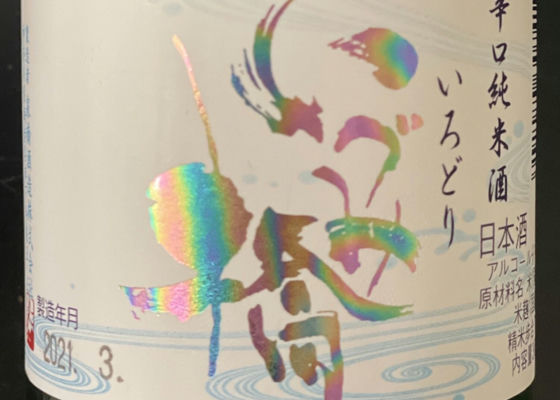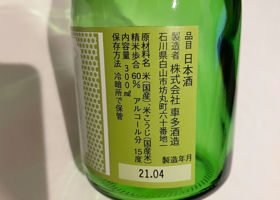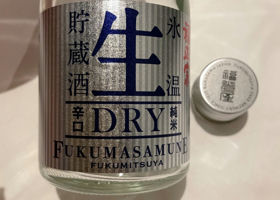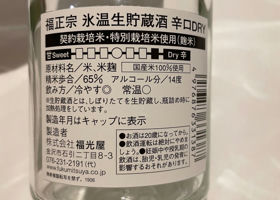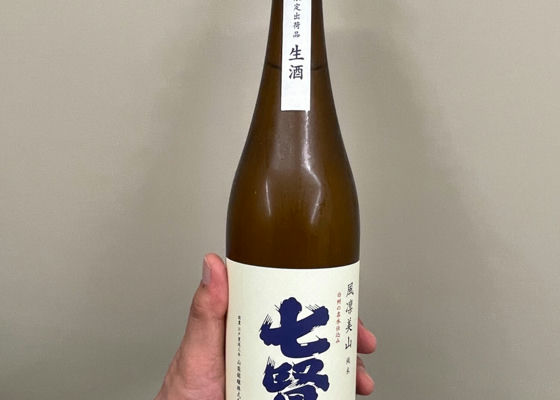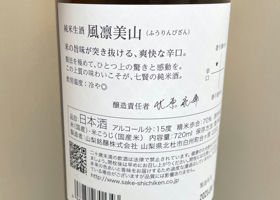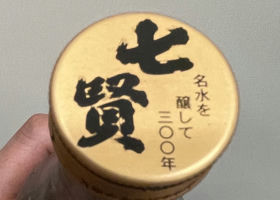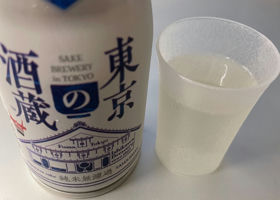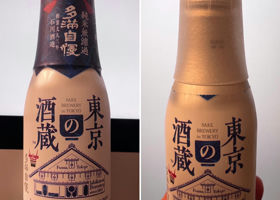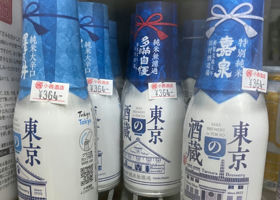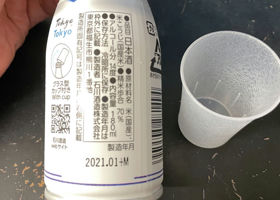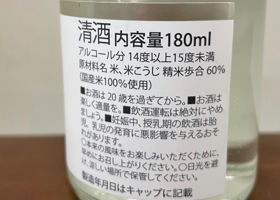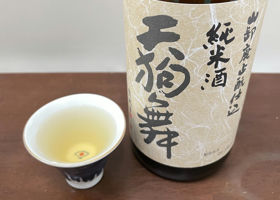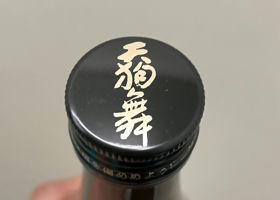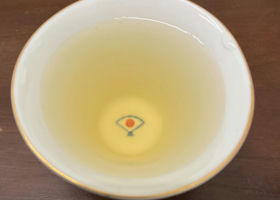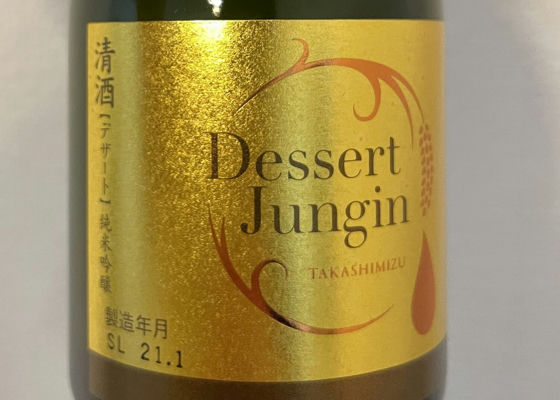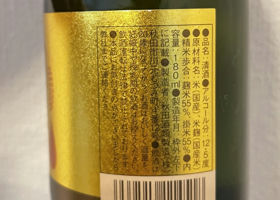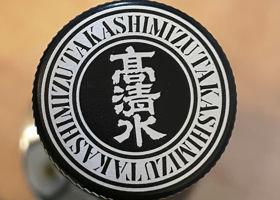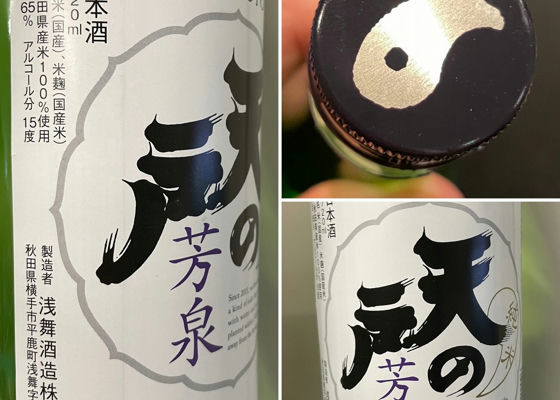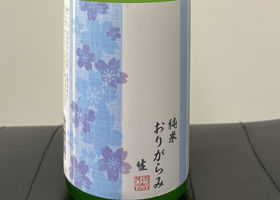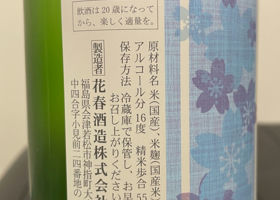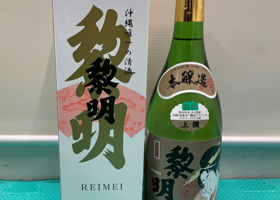
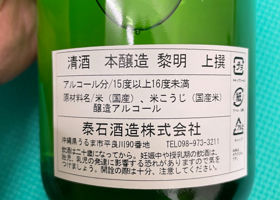
田んぼソムリエ
I bought it to paint Okinawa, although it is a dangerous honjozo that is not pure rice. The fishy smell reminds me of Awamori or Habu-shu, which I think is a nice characteristic.
It's hot in Okinawa, so it's probably necessary to use alcoholic beverages, but the brewed alcohol makes my head and eyes hurt after one drink.
Japanese>English
takeshon
Good morning, rice paddy sommelier😃.
You're only one step away from national domination 👍.
You have an interesting job. I want to know more about it😁.
Japanese>English
田んぼソムリエ
Good evening, takeshon. My job is the height of instability, but it's fun! Once I've conquered the whole country, I'd like to delve into the various flavors of my favorite brands. lol
Japanese>English
